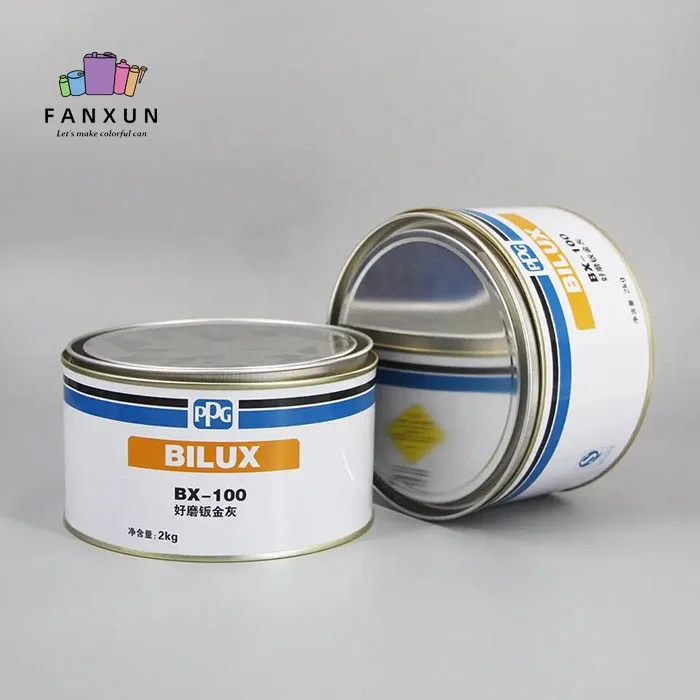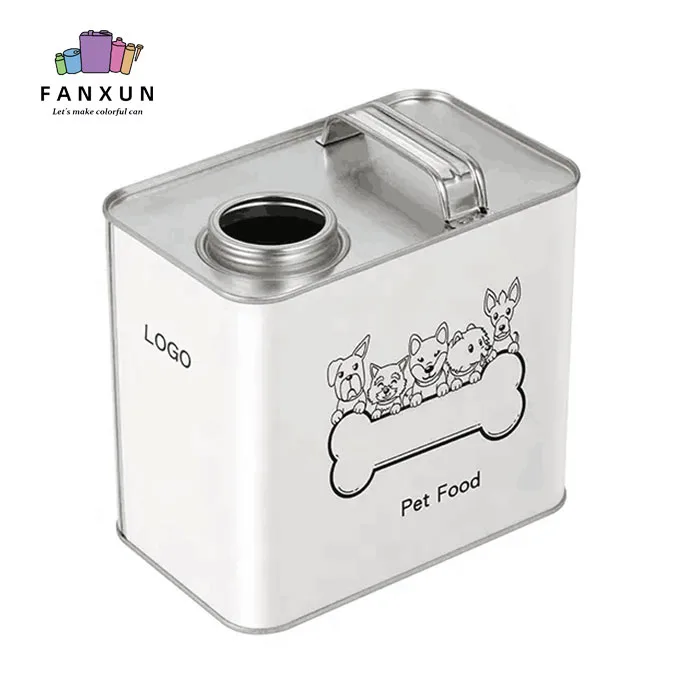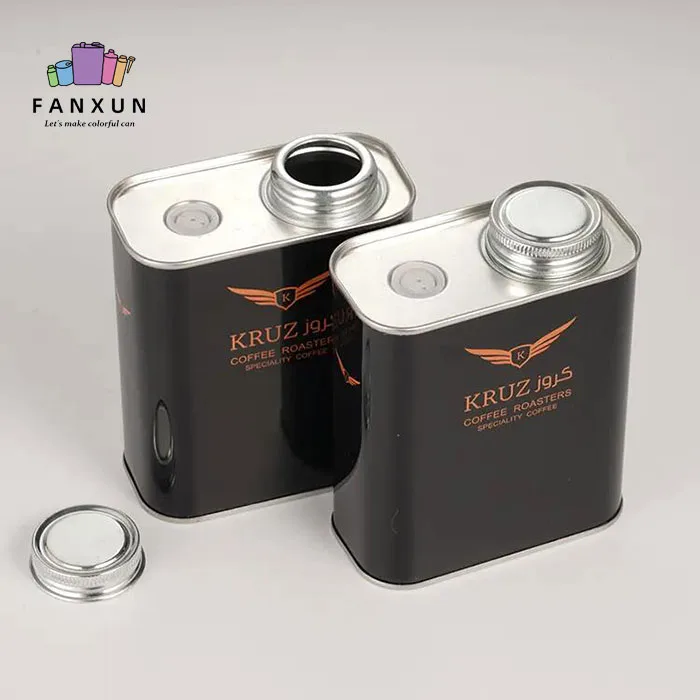Innovations in tin can design and manufacturing
The evolution of tin cans has not only been driven by sustainability concerns but also by advancements in design and manufacturing. From the shape and size to the functionality and aesthetics, tin cans have undergone significant transformations to cater to the changing needs and preferences of consumers.
One notable innovation in tin can design is the introduction of easy-open lids. Traditionally, tin cans required the use of a can opener to access the contents, which could be inconvenient and sometimes challenging. However, with the development of easy-open lids, the process of opening tin cans has become much simpler and more user-friendly. These lids often feature a pull-tab or a twist-off mechanism, allowing for easy access without the need for additional tools. The introduction of easy-open lids has enhanced the convenience and accessibility of tin cans, making them a popular choice for consumers on the go.
Another significant innovation in tin can design is the incorporation of resealable features. Many consumers prefer packaging that allows them to consume a portion of the product and save the rest for later. Tin cans with resealable lids enable this flexibility, allowing consumers to seal the can after use, keeping the contents fresh and reducing waste. This innovation has made tin cans a versatile choice for products that are typically consumed over multiple servings, such as sauces, snacks, and beverages.
In addition to functionality, aesthetics have also played a role in the evolution of tin can design. Brands have recognized the importance of visually appealing packaging in attracting consumers and standing out on store shelves. Tin cans now come in a wide range of colors, finishes, and designs, allowing brands to create packaging that reflects their brand identity and appeals to their target market. This focus on aesthetics adds a layer of sophistication to tin can packaging and enhances the overall consumer experience.
Tin can design



Challenges and future trends in tin can packaging
While the evolution of tin cans has brought about significant improvements in sustainability and design, there are still challenges and opportunities for further innovation in the field of tin can packaging.
One of the challenges faced by the industry is the perception of tin cans as outdated or less premium compared to other packaging options. This perception can deter brands from adopting tin cans, particularly in industries where aesthetics and branding play a crucial role. Overcoming this challenge requires continued innovation in design and materials, ensuring that tin cans remain competitive in terms of visual appeal and quality.
Another challenge lies in the collection and recycling of tin cans. While tin cans are highly recyclable, the collection infrastructure and consumer awareness regarding recycling programs can vary. Improving collection systems and increasing consumer education can help to optimize the recycling rates of tin cans, ensuring that they are diverted from landfills and recycled into new packaging.
Looking to the future, there are several trends that are expected to shape the evolution of tin can packaging. One such trend is the incorporation of smart packaging features. As technology continues to advance, tin cans can be equipped with sensors, indicators, and other smart features that enhance the functionality and appeal of the packaging. These smart features can provide consumers with information about the product, such as freshness, nutritional content, and storage recommendations, further enhancing the consumer experience and convenience.
Additionally, the use of bio-based materials in tin can production is expected to gain traction in the coming years. Bio-based materials offer several environmental advantages, including reduced carbon emissions and the ability to biodegrade or compost at the end of their life cycle. By incorporating bio-based materials into tin can manufacturing, brands can further enhance the sustainability profile of their packaging and meet the growing demand for more eco-friendly solutions.
In conclusion, the evolution of tin cans from a simple food storage solution to a sustainable packaging choice has been remarkable. From their advantages in food storage to their reduced environmental impact, tin cans have proven to be a reliable and eco-friendly option. Brands across various industries have embraced tin cans as a means to enhance their sustainability efforts and meet consumer demands for convenience and quality. With continued innovation in design, materials, and recycling systems, tin cans are poised to remain a key player in the quest for a greener future. So, the next time you reach for a tin can, remember its journey from a practical necessity to a symbol of sustainability, and appreciate the hidden potential and environmental impact of this unassuming packaging solution.
